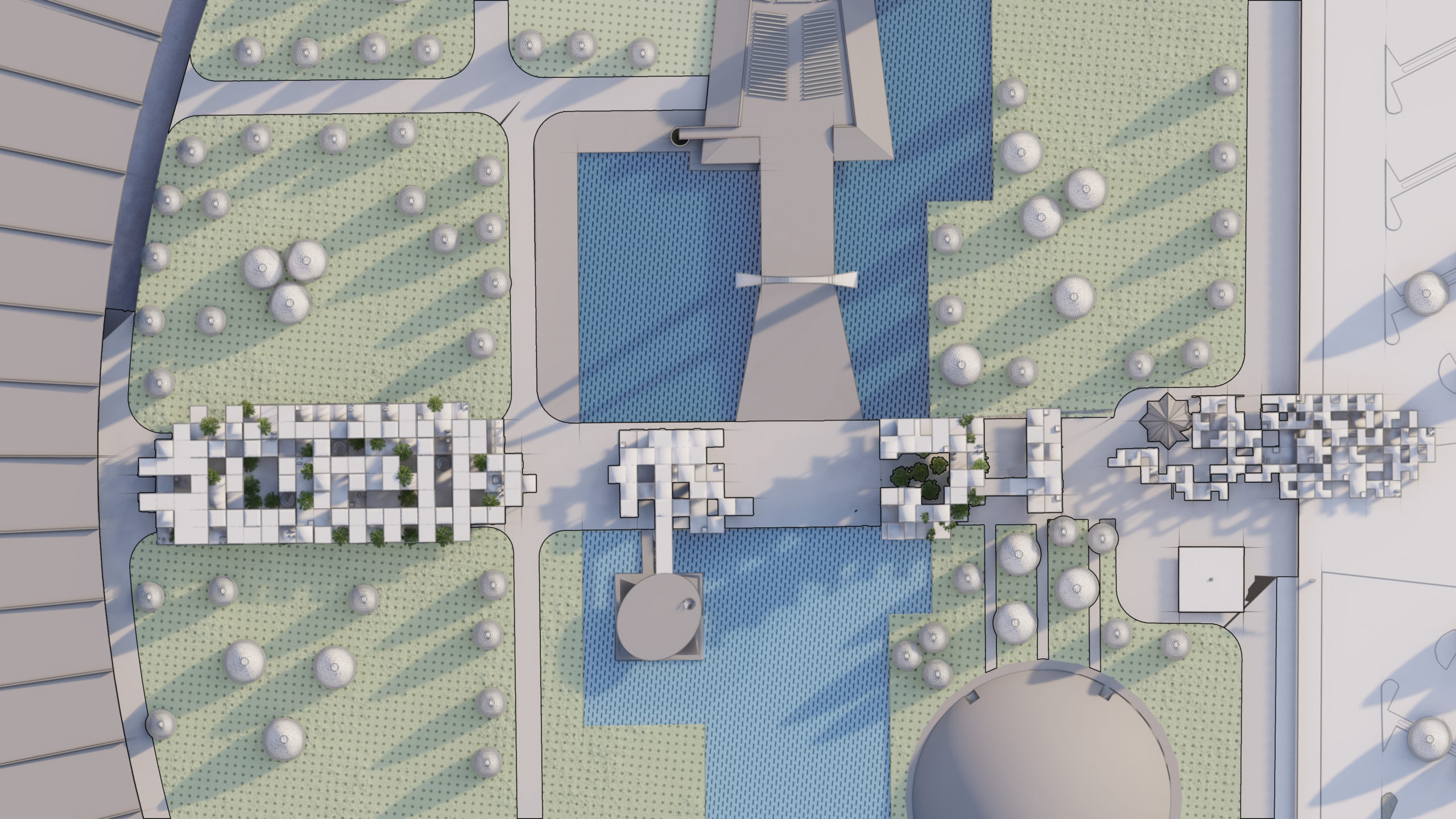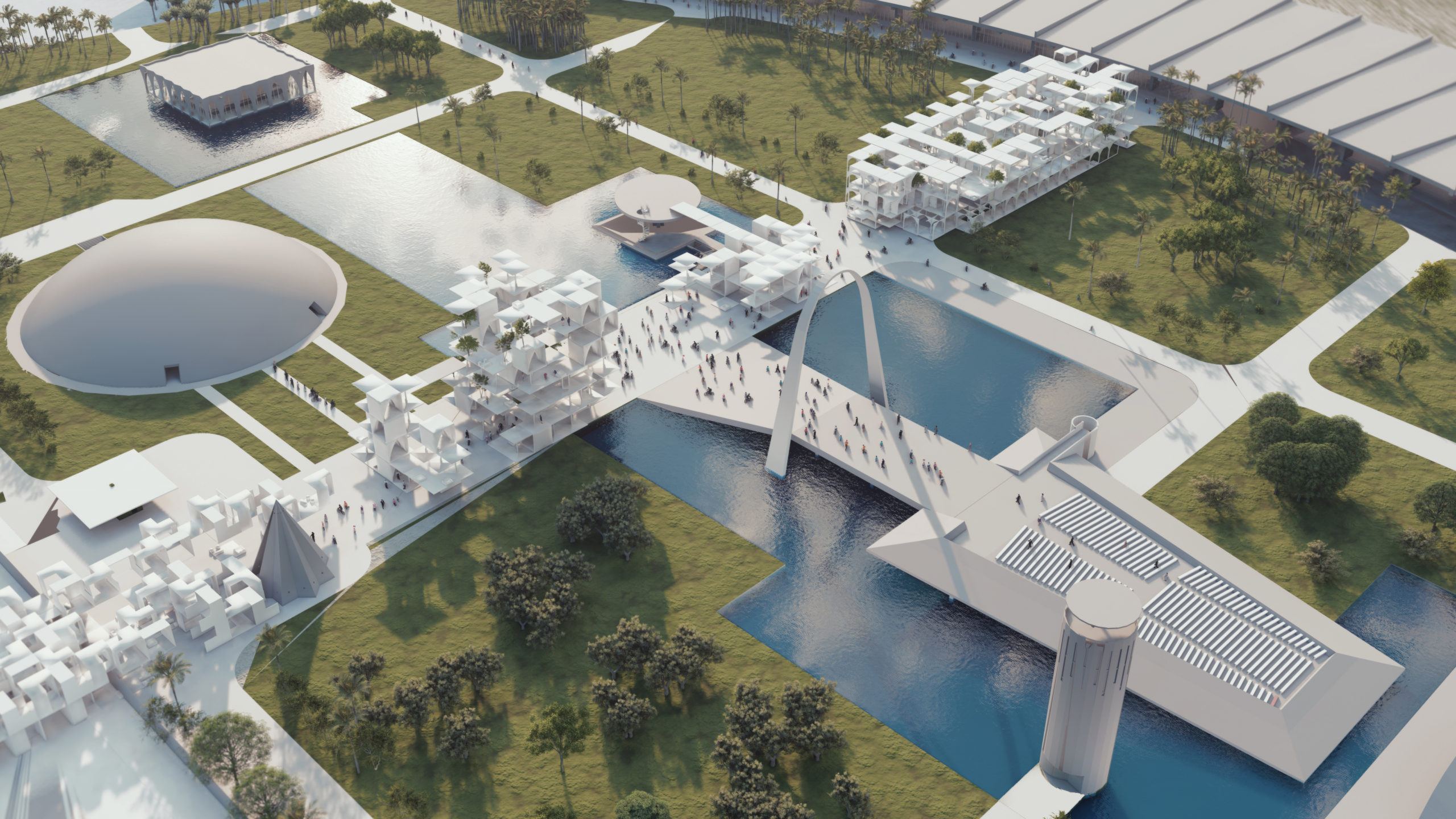SITE ANALYSIS l TRIPOLI

Known as the capital of the North, Tripoli is Lebanon’s second largest city: from a regional trade capital for the past centuries, the city is nowadays the most impoverished of Lebanon and on the Mediterranean. The city has been scared by the violent clashes and conflict over the past 40 years and is confronted with significant development, economic, and security challenges. The spillover of the Syria crisis and the influx of refugees have contributed to increase social tensions. Tripoli has however successfully preserved its spirit and authentic character: founded by the Phoenicians in the 8th century, and successively ruled by the Franks, the Mamelukes and later the Ottomans, the city is rich of its cultural heritage.

Located the old city with condensed Urban fabric and Al-Mina (port in Arabic). To connect them a New City was proposed with new urban Fabric more systematic pattern.

The difference between the old city and the new one. The one on the left, the old city with condensed fabric and topography and the one on the right, the new city.
INTRODUCTION
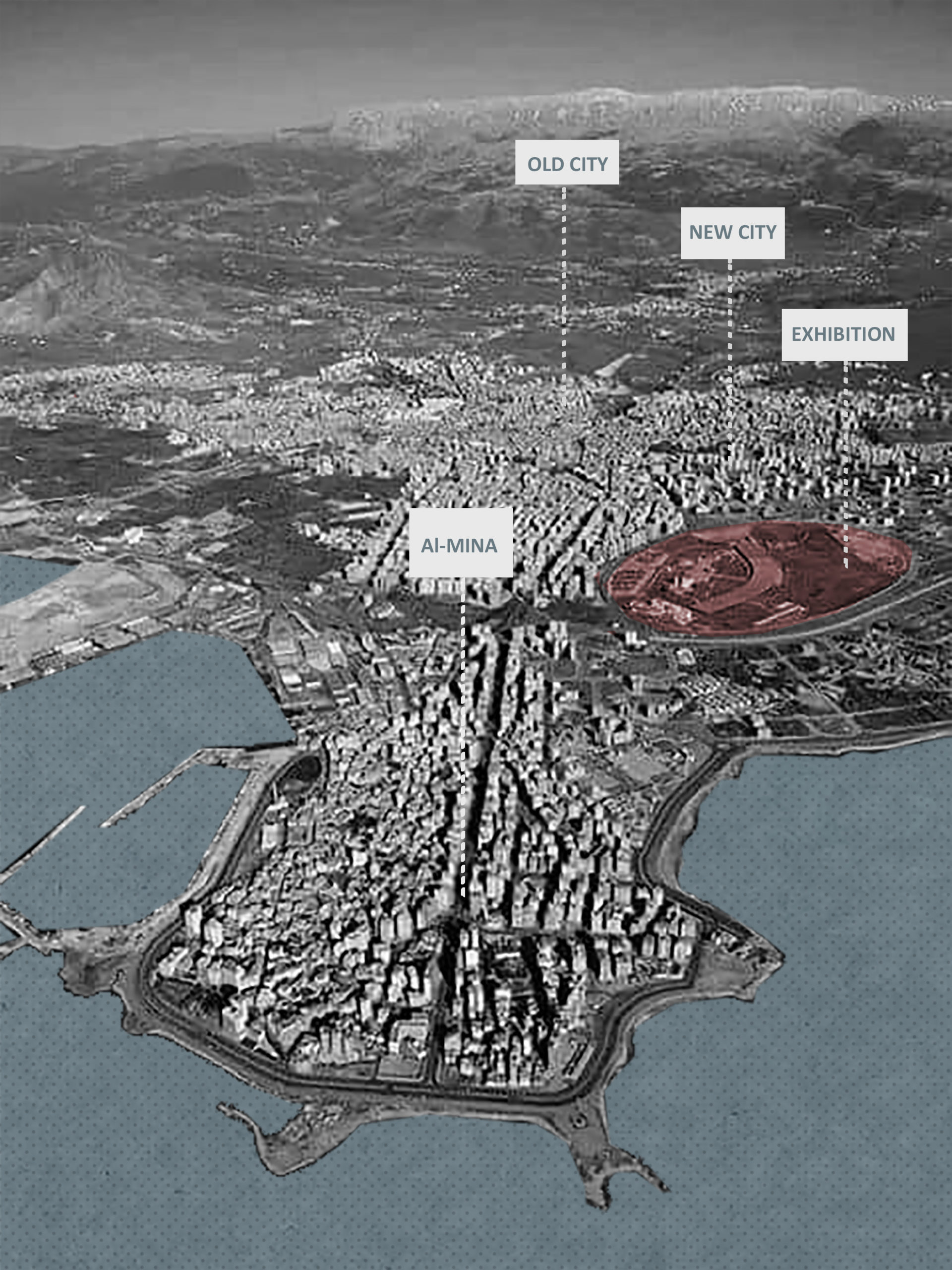
“1963 Niemeyer decided to reside in Tripoli and developed an impressive 75-hectare complex – an integrated approach to urban development that linked the old part of the city and the port”
larchitecturedaujourdhui.fr
This Complex was “The International Fair of Tripoli” Elmarad. He focused to show the power of creating a negative space in the new city. It can be seen in this image how the port and the old city are connected with the new city.

The fair is now considered as one of the important landmarks / public spaces in Tripoli. This image shows the historic evolution and development of public spaces in Tripoli. Starting with the great mosque, Mamluk Islamic Urban Core to El Tall Square, a public space in Tripoli and finally Oscar complex with its giant modern gardens in the new city.
FAIR PURPOSE

FAIR CURRENT CONDITION

Two main entrances , the first to east of the fair dedicated for the Grand couverture or the big exhibition space. Second entrance situated at the center of the fair and located closer to the city it passed by the cultural spaces the fair offers such as the 6 l 7 l 10 l 8.
The fair passed by many incidents throughout the years. in the early 60s Oscar was commission and visited Lebanon, Between mid 60s and 70s construction work started and the construction was stopped due tot he outbreak of the civil war in Lebanon and the Syrian army took control of the fairground and left the structure incomplete. Jumping to 1994, the Lebanese government took control of the fair again with lots of damages to the structure and had no plans to fix it. The present state of the fair is still the same with an endanger of it to collapse and no plans for it to operate since its inception.

Here are some of the activities :- Book Fair, Food market, sports activities, etc.
PROBLEM l UNFULFILLED DREAM
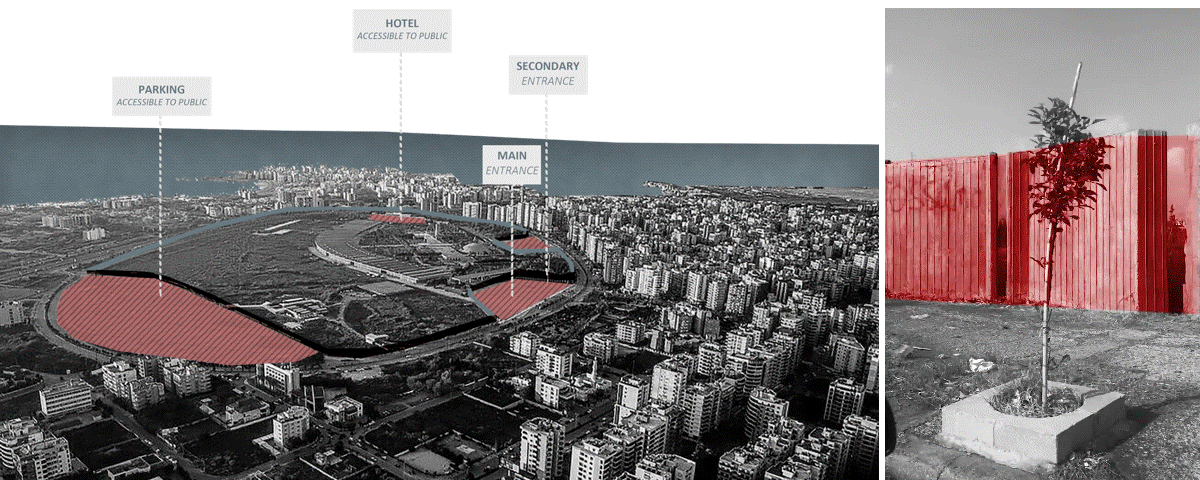
The local usage of the fair is currently on the periphery of the oval shape where there is a huge parking lot, with very shy attempts to use it for local events, the site is surrounded by a fence all around its perimeter preventing local people to access the site claiming for the site protection.
PROJECT OBJECTIVE

To REVIVE the fairground as to RESTORE THE URBAN QUALITY of life by accommodating organized spaces for existing activities around and inside the fair and to INTRODUCE NEW FUNCTIONS spaces to aide in its resurgence.
DESIGN SITE

DESIGN PROCESS

Optimizing the volumes to serve the project area demands, which is divided between 70% green spaces and 30% for the proposed functions
SOLAR IRRADIATION ANALYSIS

Irradiation value was studied throughout the year and the goal was to reduce the value by creating voids inside the volumes
PROGRAM

Determining the program by blending our intervention with the surrounding buildings. This helped in dividing the volumes into 3 main categories. Recreational, situated in the parking lot ended up with the playground pyramid. The cultural spaces with largest area surrounded by an experimental dome, open air theatre and a space museum, here the modules have functions such as workshop studios and mini hubs. Lastly, the market at the end of the sequence and in connection with the international exhibition hall, the Boomerang. The spaces designed would help in achieving a micro local spaces helping out the local community while supporting the existing building to regain their values.
MARKET DESIGN MODULES

To make the modules homogenous in character within the fair, we extracted the typologies around our design area.
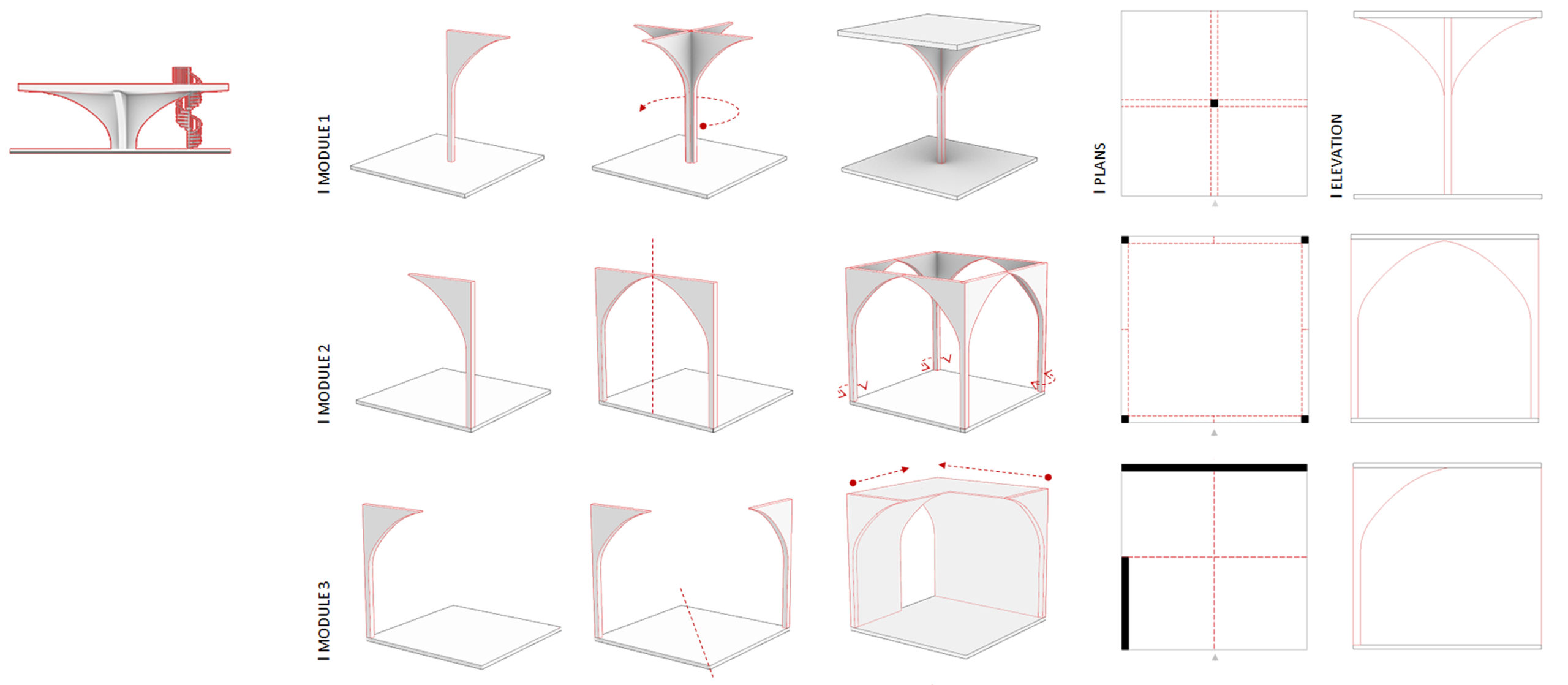

The space museum which is within the market area was used to extract the arch/beam language to generate the modules. 4 main modules were designed to host the market place.

The final modules used for the aggregation are divided in the following sequence:

STRUCTURAL ANALYSIS


For the structural analysis, the modules were simplified into 3 types. Module 1 has four supports with the members having a cross section of 10 x 10cm it has an utilization of approximately 45%.The 2nd module has two vertical supports and hence the cross section dimensions were increased to 15 x 15cm to achieve better stability of the structure. For the module 3, which has only one support at the center the thickness of the cross section of the column and floor beams had to be increased to 20 x 20cm.

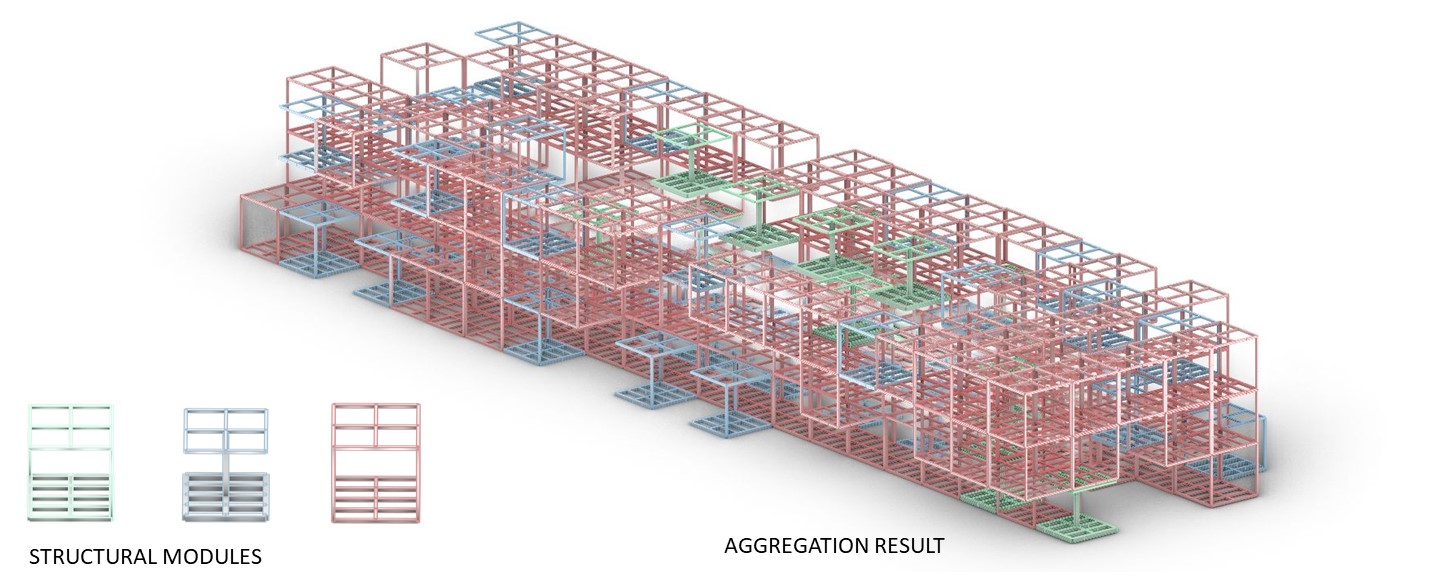

AGGREGATION


The recreational and cultural areas have also been designed with the same procedure as the market area

Based on the aggregation rules the idea was to limit the structural modules to be distributed in a linear fashion, This will help in distributing the lateral forces and its connection to the circulation module. Creating voids on the same level and courtyards as a whole volume, these spaces will provide quality public spaces to the markets surrounding the courtyards.

As shown in the sections the form is highly inspired by Oscar Niemeyer’s architecture in the fair, we tried to recreate the language with the aid of computational design methods and what it can offer.


